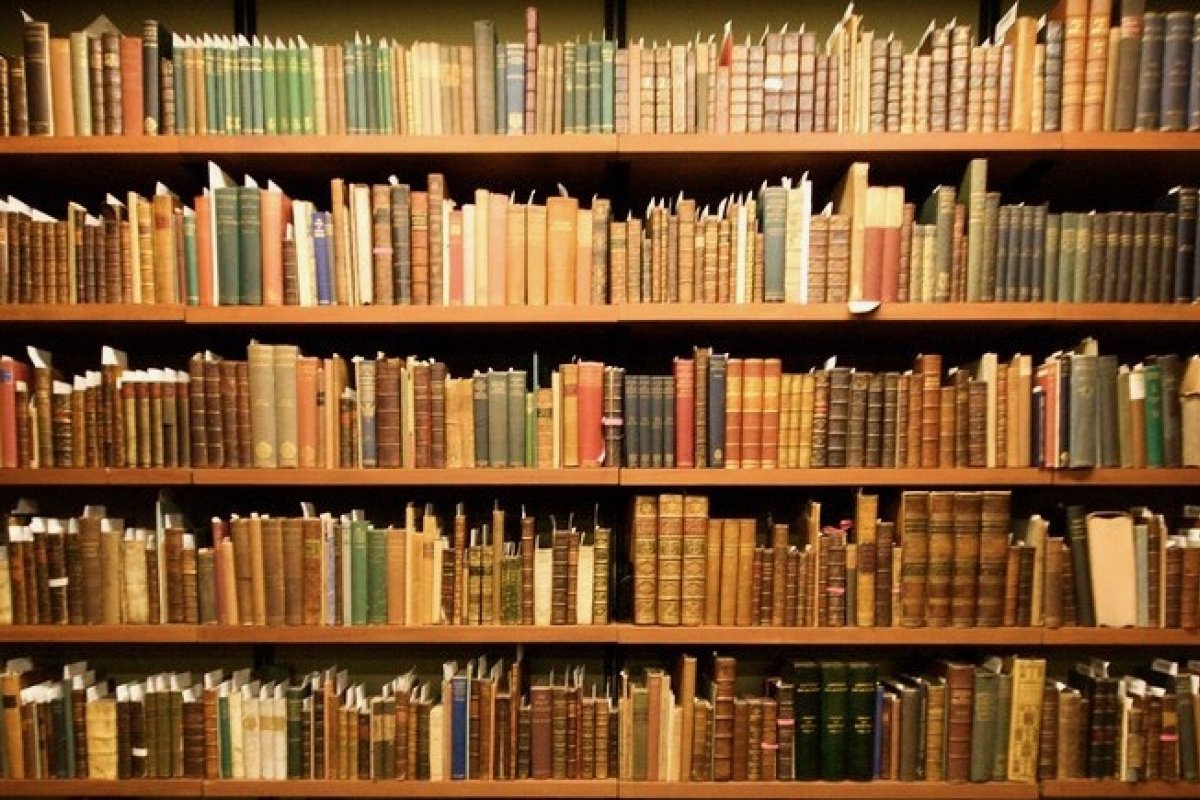
The Mythology and Mythologies of the Great American Novel
The roots and dangers of the quest for America's literary masterpiece
In an 1868 essay, John William De Forest proposed that America needed its own “national epic” and launched the quest for the Great American Novel (GAN). De Forest was less than fully clear about his reasons for attaching the definite article to this project (implying that there would be just one), and he also left rather disarmingly (or dismayingly) open the character that such a cultural marker should have. Whatever these lacunae or limitations, there is no denying that many critics have since assessed American novels on the standard of GAN. Indeed, more than a few novelists themselves have openly aspired to write this hypothetical book. De Forest’s combination of declaration and open-endedness fit perfectly a dimension of the American democratic spirit that is at once its greatest promise and its most significant limitation.
De Forest’s essay references Harriet Beecher Stowe’s widely read Uncle Tom’s Cabin as a possible candidate only to reject it, and strongly intimates that the GAN is forthcoming. In fact, however, history scooped De Forest: in addition to Stowe, at least three other novels that preceded his essay are widely recognized as eminent candidates for the GAN prize: Nathaniel Hawthorne’s The Scarlet Letter, Herman Melville’s Moby-Dick, or the Whale, and Louisa May Alcott’s Little Women. De Forest’s mythology of GAN has not one but at least four historical antecedents, and each provides its own distinctive mythology of America. If De Forest proposed the mythology of GAN, what GAN has turned out to be is an ongoing set of mythologies – not one “national epic,” but in fact a great many.
The titles of these predecessor novels are themselves distinctly part of America’s cultural heritage: “the scarlet letter,” “Uncle Tom,” “the white whale,” and “little women” have varied, but invariably deep, resonances in the national vocabulary. Each narrative figures a version of America that spawns yet more of our grammar and syntax. Hawthorne’s Salem affords an enduring prototype of “small town America,” whose natural borders reflect a relentless internal caste system. Melville’s Pequod is a “ship of state” that raises acutely the question of the state of the ship, in particular the capacity of its leader to manipulate the company to his will in the name of its commercial purpose. Stowe’s demarcation of America via the Ohio River, and of American denizens by race, forges a geography of the land and the separation of its supposedly equal people that has held ongoing purchase in American self-understandings from Plessy v. Ferguson to Brown v. Board of Education. And Alcott’s celebration of domesticity, of order in the home and reassurance at its hearth, is a fundamental motif of American life iterated not only in fiction, but in cinema and painting as well.
These mythologies each have deep religious resonances. For Hawthorne, it is the question of the elect and the damned, and whether a social order can reflect the implied righteousness of that distinction. For Melville, it is the complexity of the theological options for America, conveyed in the vexing family resemblances of deism, pantheism, and paganism with Christianity that render null, indeed overwhelm, particular doctrine and dogma. For Stowe, it is the inexorable recognition that the brute facts of the specifically American institution of slavery upend the nation’s ready association of itself with ostensibly Christian values of charity and neighbor love. And for Alcott, it is the premise that the only secure orderliness is in the cultivation of a distinctively American form of monasticism (led by an abbess rather than an abbot) that seeks to remove citizens from the disruptive and disorderly realms of capitalism and city life.
It is no accident of history that De Forest’s essay and these novels cluster in the decades surrounding and inclusive of America’s Civil War. Epic as genre is linked closely with nation and nation-building; as such, it represents at once an aspiration and a frustration to American democracy. Indeed, what the mythology of GAN and the mythologies it has generated demonstrate is the enduring, iterative challenges of democracy. Melville’s Ahab has his successor in Faulkner’s Thomas Sutpen; Stowe’s Ohio River returns as demarcational, with very different perspective, in Morrison’s Beloved.
There are also the unmistakable candidates that fulfill all the requirements for GAN but render its lack of specificity dismaying rather than merely disarming: much the best example is Thomas Dixon’s The Klansman, the novel which spawned D.W. Griffith’s The Birth of a Nation. It is possible, in other words, to fulfill the GAN format with overtly racist messaging. The first step toward correcting for the dismaying exemplar is to notate its claim to singularity—to status as the GAN—and to force it into direct dialogue with novels that afford a mythology but don’t require the definite article. There is no guarantee that reading GANs will put you on the right side of history, but there is also no denying that reading can be both for and against the GAN tradition, for and against a particular vision of America. The best way to do this is to read these novels precisely for their religious dimensions. This is one essential way to live up to Benjamin Franklin’s dictum that Americans live in a republic – if we can keep it.
Photo Credit: Milly Schmidt, via Creative Commons
Sightings is edited by Daniel Owings, a PhD Candidate in Theology at the Divinity School. Sign up here to receive Sightings via email. You can also follow us on Facebook and Twitter. The views and opinions expressed in this article are those of the author and do not necessarily reflect the position of the Marty Center or its editor.


